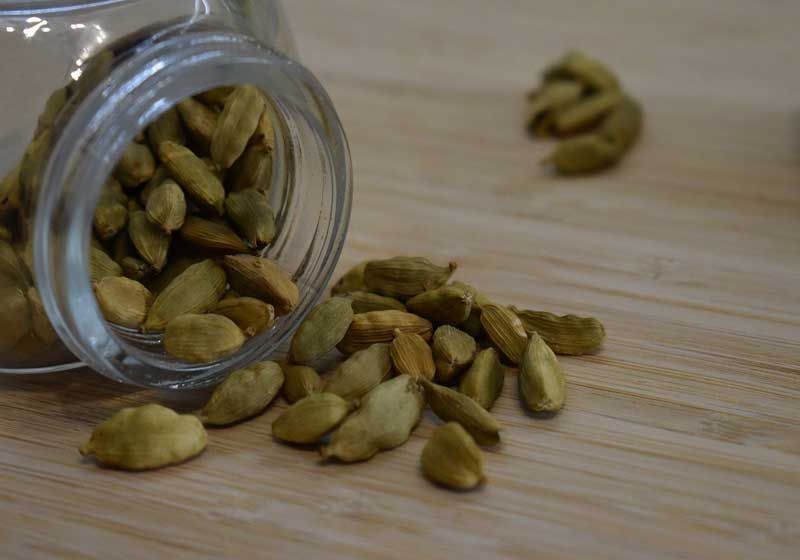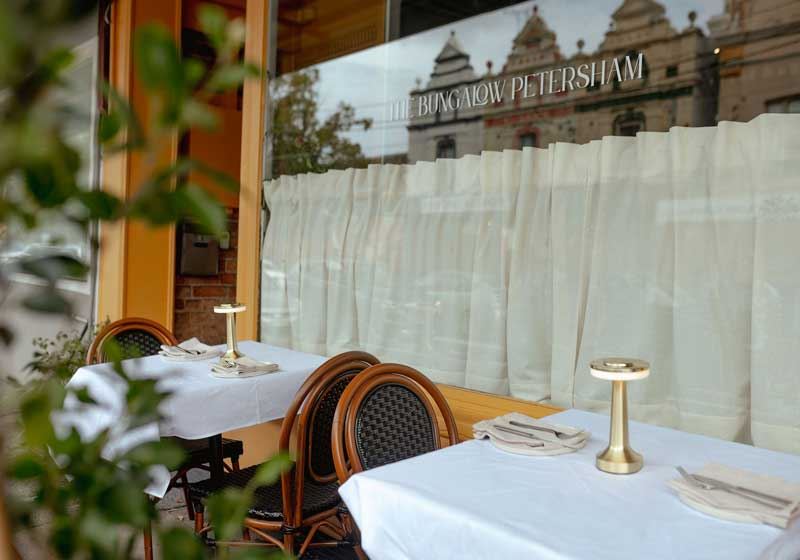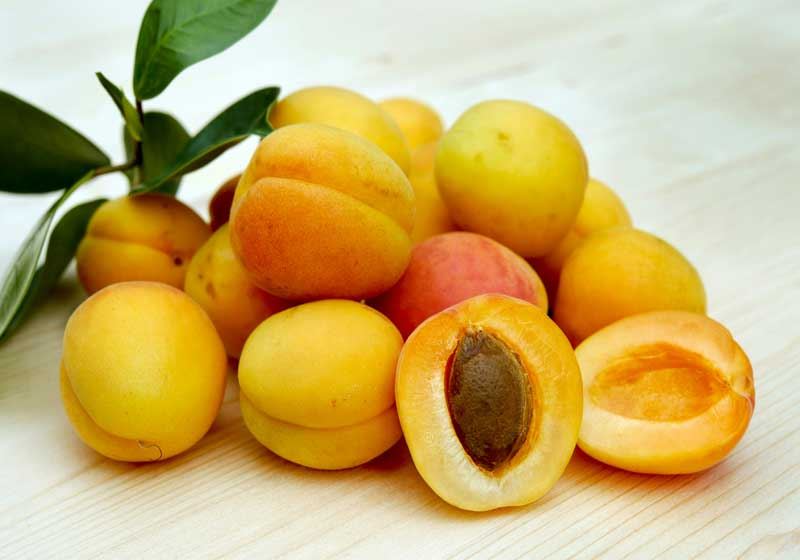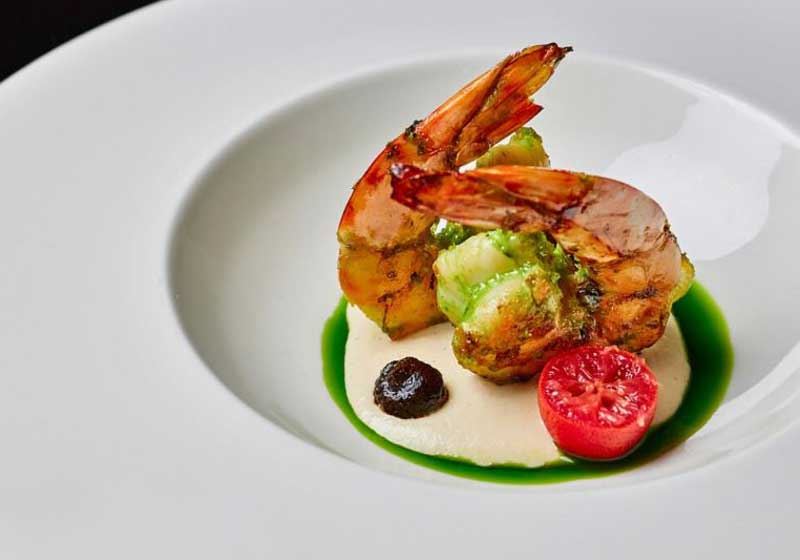There are more than 40 Indian spices – many are obscure and only used in certain regions such as stone flower and garcinia. Combining traditional spices into your cooking is almost a spiritual act and there is no better way than exploring Indian food to expand your cooking repertoire.
Here are 8 essential spices for authentic Indian cooking and 5 recipes to try at home:
Turmeric:

This ground spice has an earthy supporting flavour and of all the spices used in Indian cooking, this is one that has huge health benefits. With a vibrant yellow colour, usually only a teaspoon of turmeric is needed to flavour and colour a family dish – if using turmeric for health purposes – make sure to include a dash of black pepper to your recipes.
Turmeric is a great anti-inflammatory, but its effects are lessened without the piperine from black pepper.
Cumin:

This spice is a seed with a flavour similar to caraway and dill, making it a staple of Indian curries – usually the seeds are used whole and fried in oil at the start of cooking a dish. At a high heat, cumin seeds brown quickly in about 15 seconds so make sure you don’t burn them.
Ground cumin powder is also an essential spice in Indian cuisine and is one of the key ingredients in the garam masala spice mix.
Green cardamom:

This spice has an unmistakable flavour that tastes like eucalyptus and cough lozenges owing to a compound called cineole.
Usually between two and six whole cardamom pods are used in Indian recipes, with the spice usually fried in hot oil at the beginning of the cooking process.
Garam masala:

This is probably India’s most seasoning and is actually a combination of dried spices including pepper, cinnamon, nutmeg, cardamom, cumin, coriander, tej patta, pepper and others. Add one or two teaspoons to onions while frying, or while your sauce is simmering, it is also sometimes used as a garnish.
Coriander:

This is the seed of the cilantro plant and one of the most essential Indian spices or herbs. It has an aroma like citrus mixed with leafy notes and is used in many dishes such as Madras and vindaloo curries.
The best way to use the seeds is to grind them into a powder just before adding to a sauce.
Ginger:
Used in most Indian dishes, ginger is fine to use fresh or dried – most recipes call for ginger-garlic paste, which if you don’t have on hand can be made by grating or mincing raw ginger to cook with garlic and onions. Make sure to peel the ginger first!

Fenugreek:
This is one of the more subtle Indian spices as the seeds are quite bitter but have great health benefits. This is the Indian spice that most people say ‘smells like curry’, while the leaves are a green aromatic spice less prone to bitterness.

Photo credit: OstroVit.
You can use up to a few tablespoons in a family-sized dish near the end of the cooking process, but start with a teaspoon.
Star anise:
Anise tastes like fennel, a little sharper and less floral – it is used in some preparations of garam masala and is a delicious frying spice. It is also the key seasoning in many tamarind chutneys you find in many restaurants or on the side as a dipping sauce for chapatis, samosas and other Indian street foods.










